

Ever noticed a difference between a B2B and a B2C onboarding?
Because there are a TON of them.
There is no way you can onboard a Netflix and a HubSpot user using the same onboarding UX patterns and strategies.
Why not, though?
Is it the user personas or the fact that B2C businesses had to adapt to better UX earlier than B2B businesses since their audience wasn't always as sophisticated as B2B businesses'?
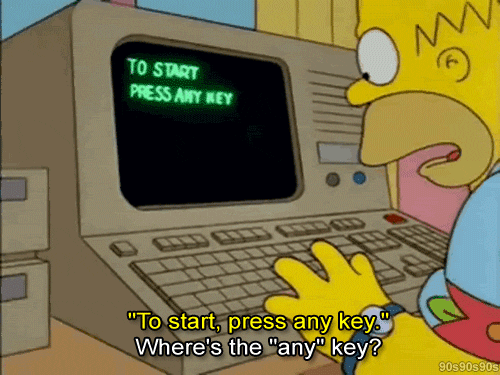
Or maybe it was the fact that for so long, B2B businesses took their audiences way too seriously and forgot that they were humans in need of good UX as well?
It could be one or the other, so let's get to the bottom of it and tackle:
- What B2B SaaS onboarding is,
- Why onboarding matters so much for B2B SaaS businesses,
- The different ways to onboard users to B2B SaaS, and
- How you can use UserGuiding to create a great onboarding experience for your B2B SaaS.
What Is B2B SaaS Onboarding?
B2B SaaS onboarding is a form of the user onboarding process that takes place in a B2B SaaS product, often meant for customers and sometimes for employees. While B2B SaaS onboarding uses the same principles of user onboarding, often, the onboarding UX patterns required tend to be more complex, and the onboarding flows or other onboarding materials are much more in-depth. Though there are various ways of customer onboarding in SaaS, most B2B will opt for in-app interactive guides and onboarding elements.
If you are not familiar with a B2B business yourself or are a fairly young one, it is natural that you associate the customer onboarding process more with the sales process or customer service than customer success.
And let's be honest, you are not too far off the mark.
However, to tackle the customer onboarding process of B2B products and B2B businesses, we must first acknowledge that SaaS onboarding is a standalone process, and it needs to be so.
What makes onboarding for B2B businesses so special?
Let's take a look.
Why Onboarding Is So Crucial for B2B SaaS
Don't get me wrong; I personally think that effective onboarding is an inseparable part of customer experience for both B2C and B2B.
But for B2B SaaS, onboarding just cannot be overlooked.
And there are three main reasons why:
1- Naturally steeper learning curve
The most important distinction between a B2B product and a B2C product is the amount of material and the complexity of product activation for each type of business.
The most sophisticated part of the user onboarding experience for a B2C business is often the signup flow which ideally happens in around 2-3 steps.
Here, no matter the product type, high learning curve in software typically results from overly complex user interfaces, extensive and poorly organized feature sets, lack of intuitive onboarding, inadequate in-app guidance, and insufficient contextual support.
Users often face confusion due to unclear workflows, technical jargon, or inconsistent design patterns, leading to increased time and effort required to become proficient with the software.
The exact opposite is one flow that we are all familiar with - Netflix's frictionless onboarding at the start with only 3 (practically 4) steps:
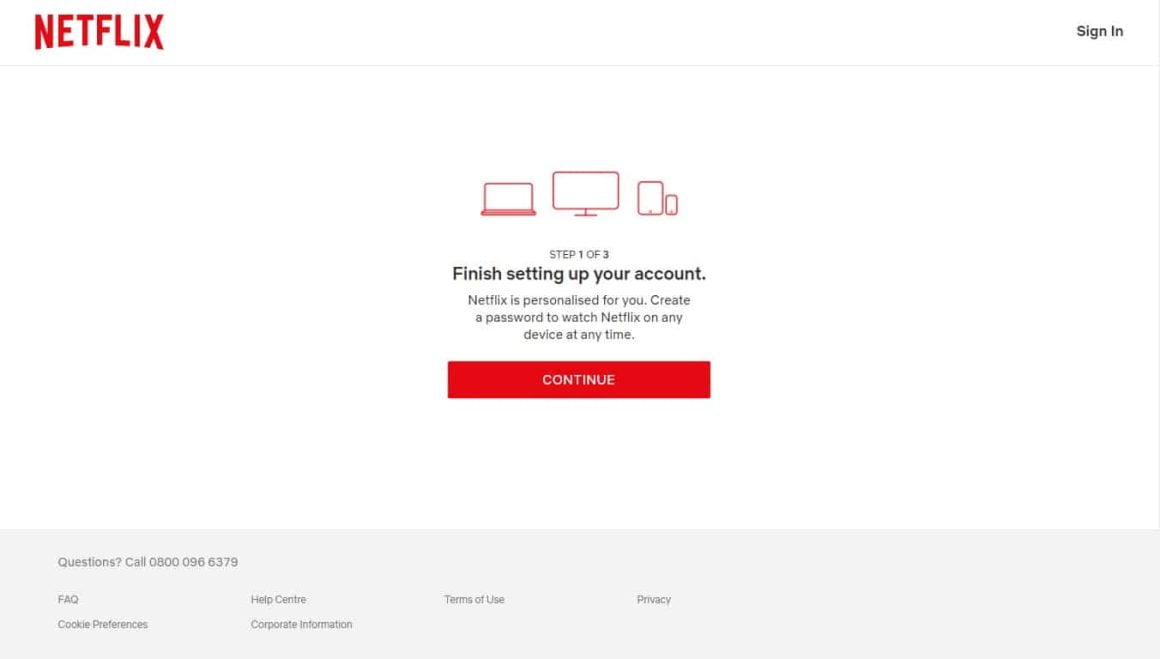

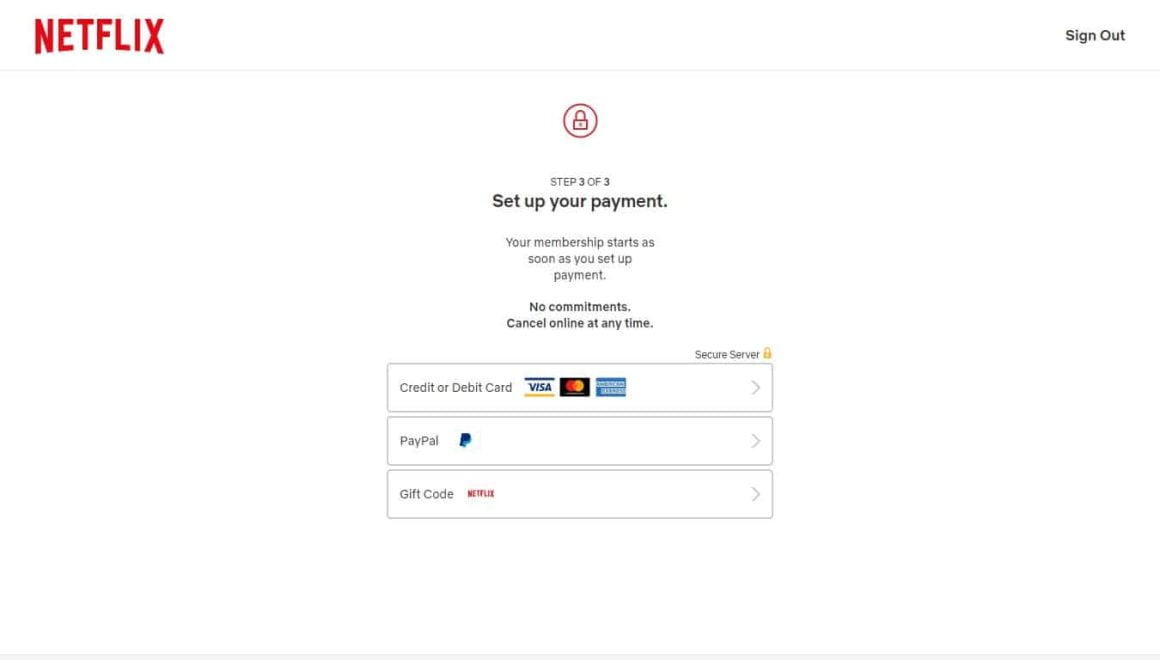
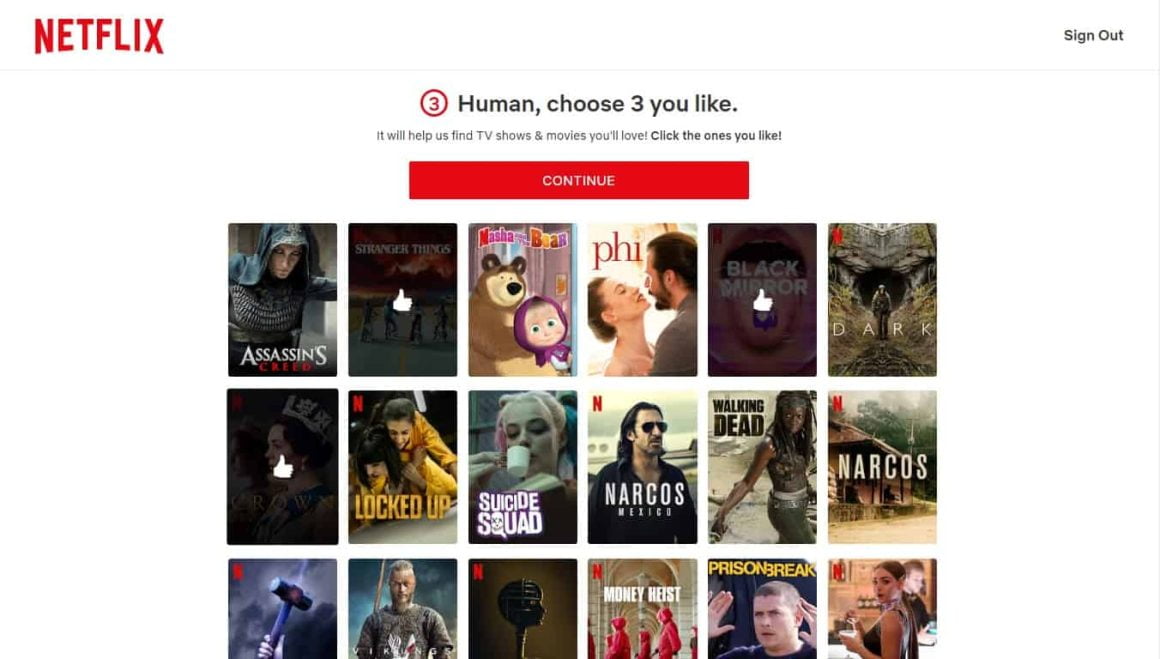
And that's it.
After that, Netflix doesn't need to offer any more user onboarding flows since there is not much to know about the platform that the users can't figure out instinctively by themselves.
But when it is a more complicated tool - as B2B products tend to be - this learning curve gets naturally steeper with more material to go over.
Look at Asana's signup flow, for example (mind you that's only half of it)
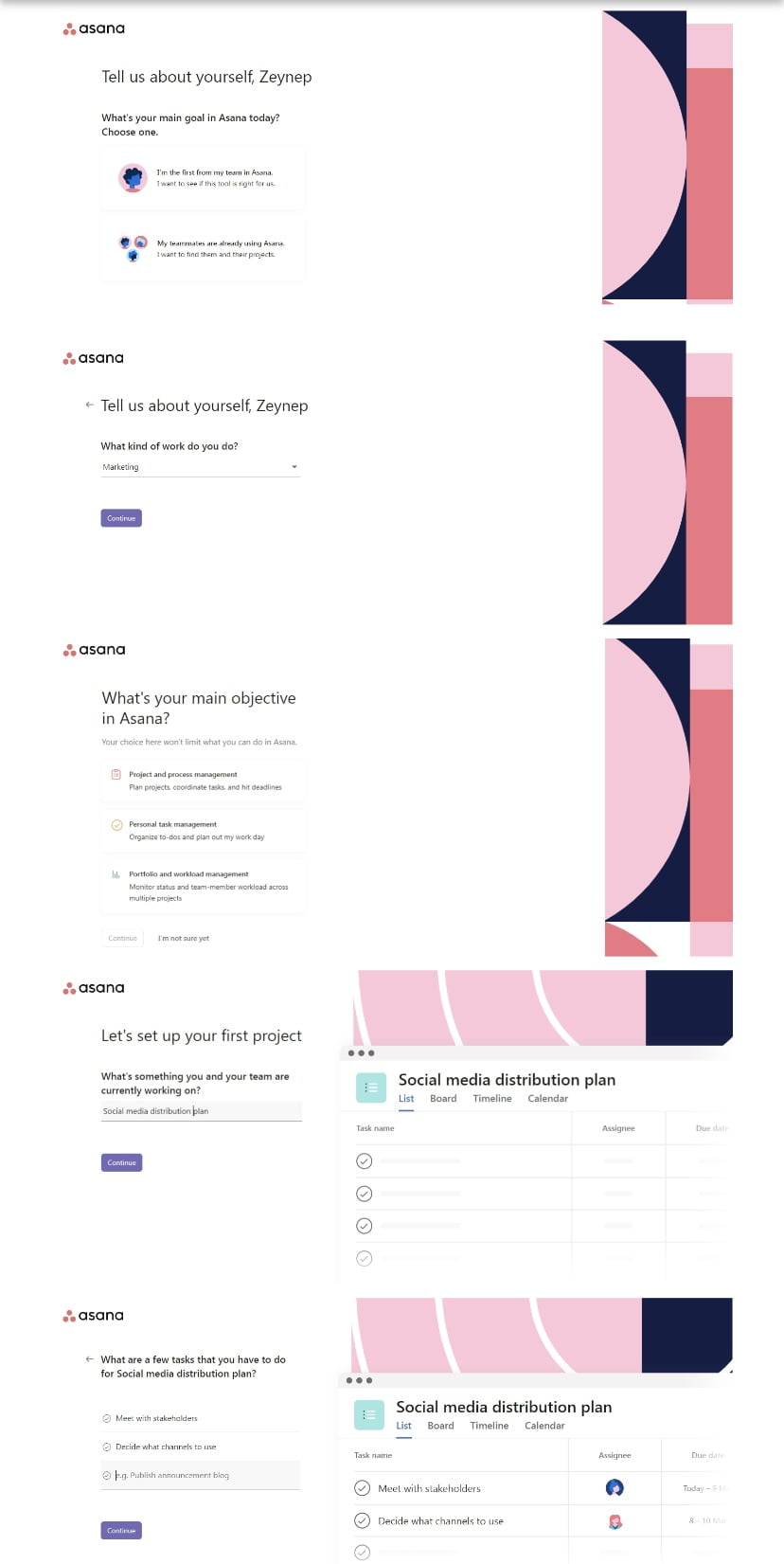
Without even looking into details, you can tell that it requires more information for better user segmentation and overall work better.
2- Higher ARPUs
And what if you didn't offer a more complex onboarding process for your B2B product?
What could possibly go wrong?
Here's what would happen: your customer would go on the tool, see that it is complicated, seek help if they are really willing to use your product, not feel so good about it since more than half of your users now prefer self-serve, and churn.
Possibly without even letting you know what the problem is.
Oh, it's just one customer; what's the big deal?
Wrong.
Common knowledge: B2B businesses make use of annual contracts and have more room to upgrade users, B2C businesses make small amounts of money off of bigger masses.
So, yes, if you are willing to risk a good user onboarding experience, you are risking losing high-volume accounts.
Let that sink in.
3- Distinctive user personas
One of the many differences between B2B and B2C businesses is, of course, the difference between user personas.
Of course, it's not like B2B customers don't use B2C products. We are all using a ton of B2C products every day. Take it from me; your enterprise plan customers all have Netflix 🤫
But at the end of the day, the significance of the demographics varies A LOT for each type of business.
A 65-year-old American male user means you might want to put more details and aim for ease of use in your design of onboarding.
For Netflix, it means there will be lots of Al Pacino movies on the main page.
And this conversation brings us to our next topic:
Different Ways to Onboard Users to Your B2B SaaS
Much like there is a difference between B2B and B2C onboarding, there is also a change between different types of B2B SaaS onboarding methods.
Here are the most common three types of B2B SaaS onboarding:
1- The white glove model
The white glove method essentially means that you, as a B2B business, are hand-holding (both hands, at all times) your users to make sure they realize their business goals precisely using your product.
This method is a common one for especially customizable and complex tools that require constant hand-held guidance from the product side.
The thing with the white glove model is that the customers that require it are almost always high-profile buyers, so if a company's go-to onboarding method is white glove, it is likely that they have very few customers with huge ARPU rates.
Among the tools and methods white glove users use are webinars, video calls, phone calls, and even in-person meetings.
It is common also for this method to keep track of user profiles on an Excel spreadsheet, looking something like this:
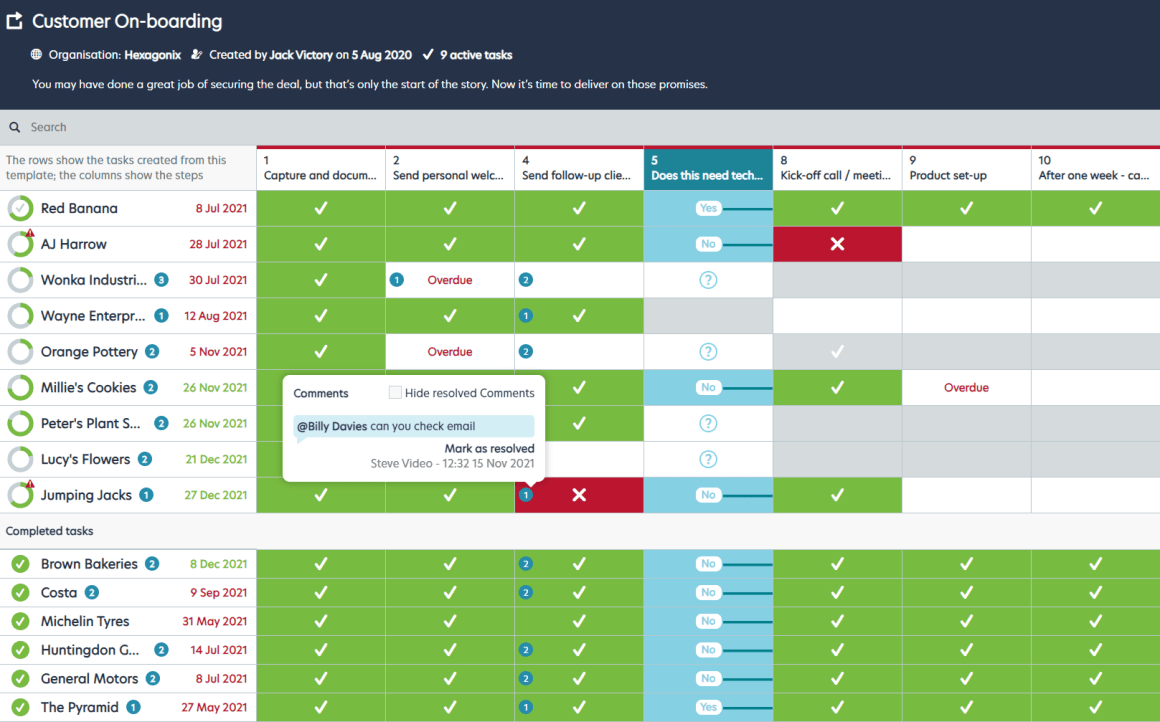
Your sales team or customer success team often keeps one of these as an internal onboarding checklist for customer churn, onboarding emails, etc.
I know, not very cute, is it?
2- The hybrid model
Another method of B2B SaaS onboarding is the hybrid model where you hand-hold users without getting in their business too much.
This method somewhat solves the primary issue that might come up with the white glove model: user frustration from lack of self-service.
When I said users now prefer self-service, I meant it.
In fact, American Express found that 60% of all customers prefer an automated self-service option over having to talk with a sales rep or customer support assistant.
So, the hybrid model works toward a more self-service-centric onboarding experience by keeping the usual demos and kick-off calls but also offers self-serve material like FAQs, help centers, and livechat or chatbots.
3- The product-led model
Then comes my favorite.
The self-serve onboarding model, or the product-led model as I call it, is the opposite of the high-touch onboarding process characteristic of the white glove method.
With the product-led model, the spotlight is on the product itself, and the users are allowed to explore what they can do with the product by themselves.
Of course, they are not left to their own devices altogether.
Product-led onboarding models are almost always equipped with in-app user onboarding fitting the B2B software. With onboarding UX patterns like sign-up forms, onboarding checklists, tooltips, hotspots, and welcome and exit modals, in-app onboarding flows are eligible for smooth no-touch onboarding processes.
There are other benefits of self-serve boarding, too, like:
- Decreased onboarding duration,
- More chances for contextual onboarding,
- Higher conversion rates,
- Higher customer retention rates,
- Better customer success metrics tracking,
- Longer customer lifetime, and
- Lower churn rates
Well, I might sound biased, but in the end, all models and methods of B2B SaaS onboarding should essentially be chosen according to the needs of the business and the demographics of the customer base.
But picking a model is not the only thing leading to happy customers.
Let's take a look at what you actually need to do for a smooth B2B customer onboarding process.
5 Steps to Create a Great Onboarding for a B2B SaaS Product
No matter what approach you have toward customer onboarding, there are certain steps to take that might upgrade your onboarding game on all levels.
The number one rule at this point is to not be afraid of change. These steps might sound off to you after using a certain onboarding model for a long time, but I say give it a try.
The worst that can happen is your customers appreciating your willingness to change.
1- Know your customer base well
The first step you want to take is to make sure that you have your user personas and profiles down properly.
Different demographics call for different user flows and onboarding tasks.
For example, knowing that Discord identifies their user personas as fun, possibly younger users, and since the use case of the tool is commonly gaming, its onboarding UX patterns get to look like this:
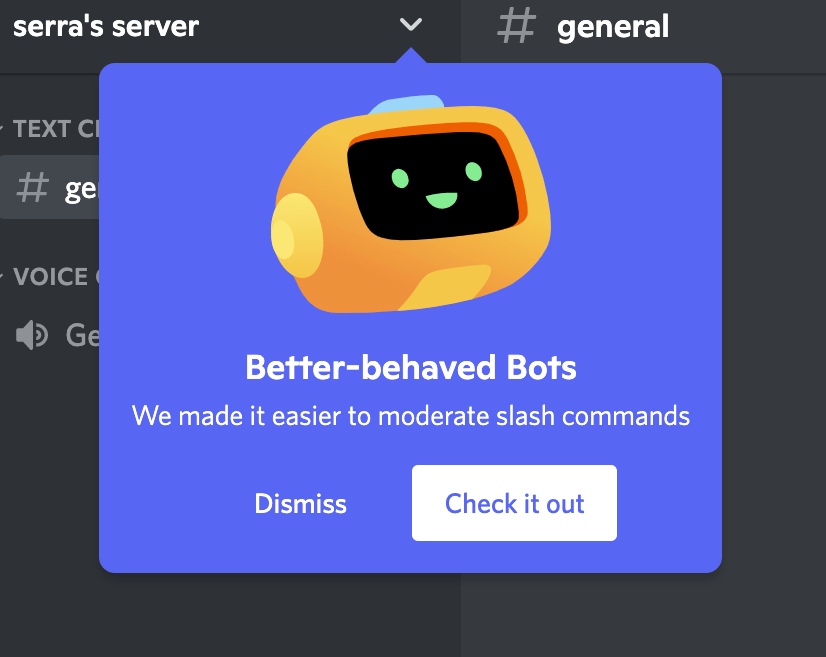
While Google Analytics uses tooltips like these:
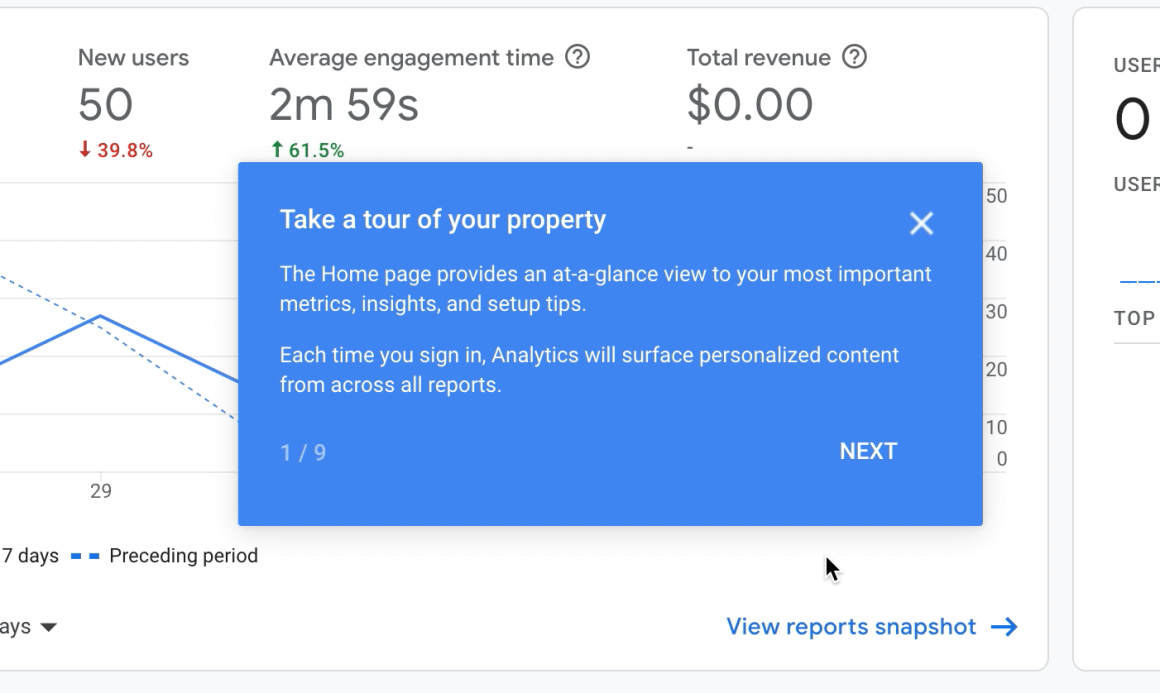
2- Align all teams
Contrary to popular belief, user onboarding is not a one-team job.
You will see that in big enterprises, onboarding is a daily task for the sales team, or if it's a big company embracing digital processes, it might be the product team who has to code onboarding elements inside the product.
In most cases, especially for middle-of-the-market products, aware of how important customer onboarding is, it is the customer success team.
And they all think they got it right.
Of course, they might have gotten it right, and it might be working for them but what they don't realize is any user onboarding flow, onboarding material, or sign-up form can become instantly better with the input of the other teams.
What's interesting is that it's easier than you think it is. And once you start treating team alignment as a default practice, you will see the results of it.
3- Pick up the right tools
Much like aligning your teams, it is important to align your tech stack as well.
An average company is using a whopping 254 apps, 40-60 on each team. If you can pick the right tools for onboarding, only a very small number of those apps will be dedicated to the job.
And I have a good one for you 😎
Onboard the boss like a boss: with UserGuiding 😎
Before I started writing content, I had no idea that people were being onboarded to products one-on-one.
I was pretty young back then, I had only been onboarded to tools like Canva and Uber, and most importantly, I had never been in charge of something important - like a business.
I was never the boss of something, so I wouldn't know how the B2B onboarding worked.
But then, one day, I thought to myself:
What if the boss just wanted to be left alone?

I sure did know that I wouldn't want anyone showing me things and explaining commonsensical notions to me just because I was an important customer.
So, what if your onboarding was so good that you didn't have to get in touch with high-profile customers unless they requested it?
UserGuiding is a no-code onboarding tool that you can start building onboarding experiences with (it only takes 5 minutes!) that is a great fit for SaaS products looking for a platform to amplify their digital adoption.
Among UserGuiding's key features are:
✅ Interactive guides, product tours, and walkthroughs,
✅ Tooltips, hotspots, modals,
✅ NPS surveys and resource centers,
✅ Powerful analytics,
✅ User segmentation and targeting, and
✅ High customization
To start onboarding all your potential customers and active users, start today.
👉Try UserGuiding now, it's FREE 👈
4- Go multi-channel
An underestimated onboarding practice is going multi-channel.
If you are doing onboarding externally, get in the product; if it's only inside the product, get out there!
We should first acknowledge the fact that onboarding starts from the very moment the user first interacts with the product. It could be emails, social media, or word of mouth.
So why should we lock it inside one medium when it starts off multi-channel?
A good practice you can't quite go wrong with is onboarding emails.
But beware, they need to be a secondary form of onboarding. If it's supporting your in-app onboarding, perfect, but if it's how you onboard overall, you might want to switch lanes.
Check out Duolingo's emails, for example:
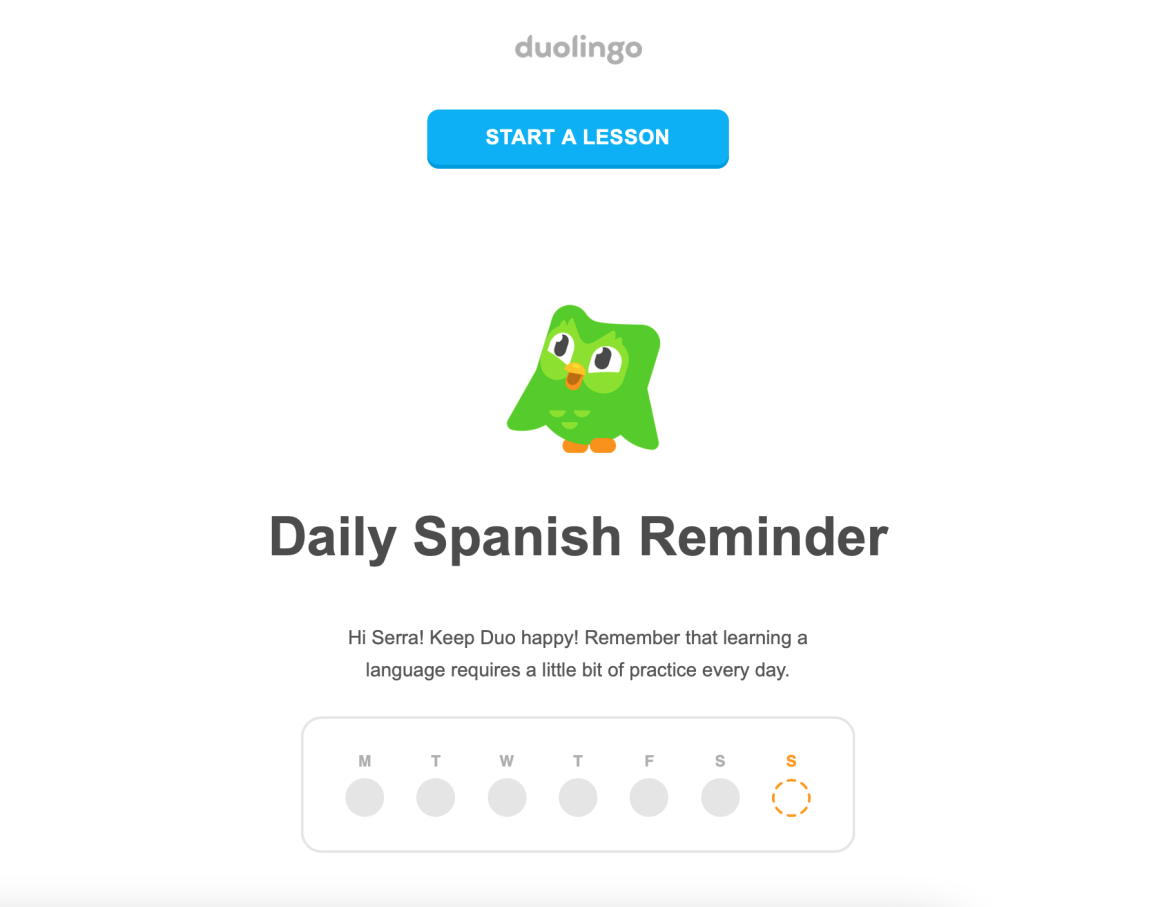
It plays right into the main goal of onboarding: making sure the users come back.
What about a tool closer to B2B on the spectrum?
Bubble's onboarding emails are fun and can easily get a user to accept the challenge:
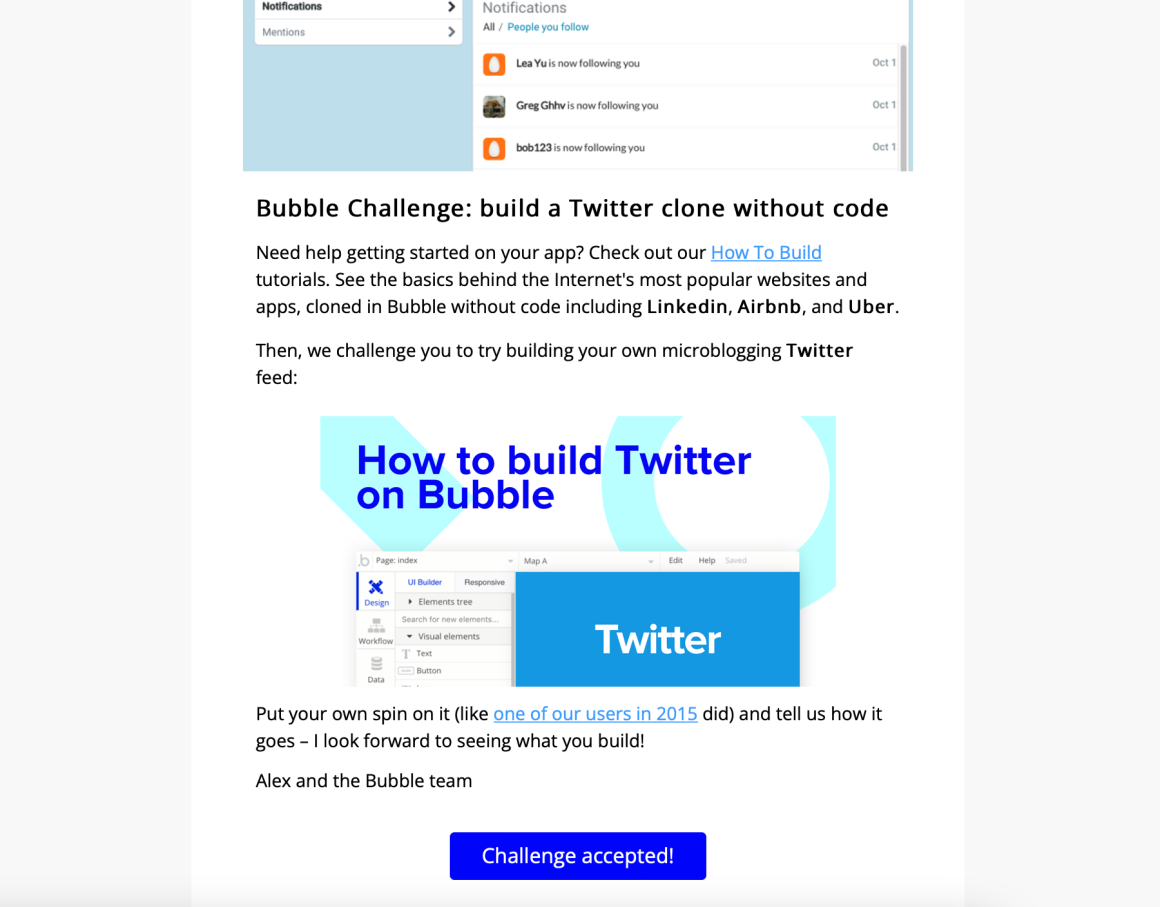
Once you realize that onboarding emails don't need to be annoying but even rather interesting, you'll see how effective they can be in B2B SaaS onboarding.
5- Optimize and iterate - again (and again)
Probably the most important step toward a perfect onboarding experience for your B2B SaaS business is to always optimize your onboarding processes.
The white glove was a perfect method when it was first used widely.
Now we know it has its risks.
The same can happen with whatever we think is the perfect method right now, so it is important to optimize and iterate - no matter how many times it takes.
To Wrap Up...
Once the distinction between B2B and B2C onboarding is clear to you, and you've decided the type of onboarding method your business needs, nothing is stopping you from achieving a perfect onboarding user experience.
But for the last time, remember: users need self-serve onboarding.
When you're ready to set that up for your app, UserGuiding will be here to help you. Here's the link you need to get started for free.
Frequently Asked Questions
What is the key to a great onboarding in B2B SaaS?
The key to a great onboarding user experience in B2B SaaS is to know your product and your customers very well. Unless you can2t figure out what they need trying to use your product, a very well-designed onboarding process can easily fail as well.
How do I onboard a B2B customer?
To onboard a B2B customer, there are various methods. You can use the white glove model for your high-profile customers and hand-hold them all the way through, you can give your users more freedom with the self-serve model and let them come to you when they think they need you, or you can use the hybrid model with onboarding calls but self-serve afterward.
Can Salesforce be used for onboarding?
Salesforce can be used to onboard employees, but it might not be a very equipped and qualified tool for onboarding B2B SaaS customers.
What is the difference between onboarding and implementation?
Onboarding refers to introducing software or service to a customer, user, or employee in a way that they can realize its value quickly, while implementation refers to starting using a specific tool or service.

















.svg)
.svg)
.svg)
.svg)
.svg)

.svg)
.svg)












.svg)
.svg)




.png)
















